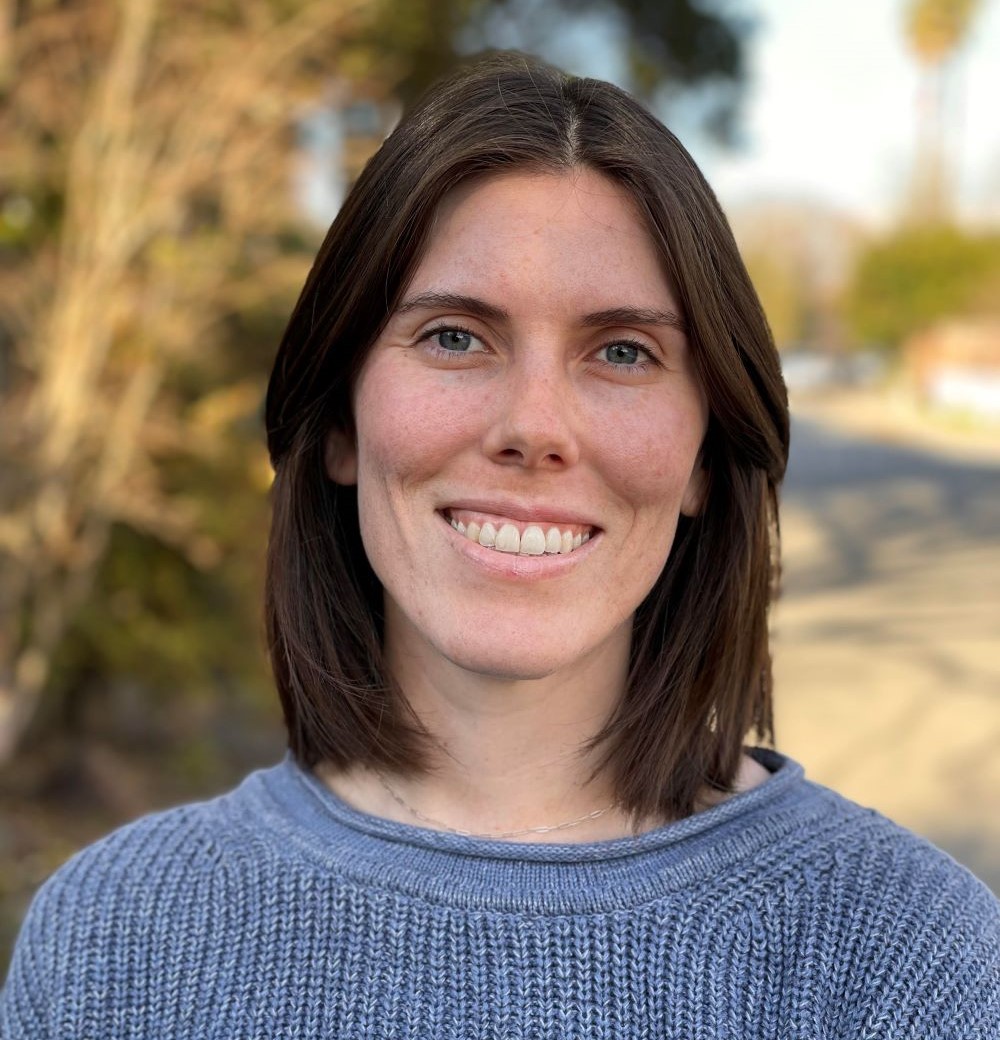Crowdsourcing Classroom Accessibility Improvements
Background
Attention-Deficit Hyperactivity Disorder (ADHD) is sometimes viewed as a childhood disorder; however, symptoms often extend into adulthood. Many individuals remain undiagnosed into adulthood, often leading to academic difficulties. Receiving educational accommodations typically requires a diagnosis, excluding undiagnosed or self-diagnosed students. Social media presents a rich source of firsthand experiences that we can draw on to inform suggestions to imrpove the classroom experience for students with ADHD. Informed by accessibility guidelines, we crowdsource recommendations to develop an informational resource for structuring higher education courses with neurodivergent students in mind. The final resource consists of 22 pages with 89 items compiled from 161 tweets. Initial feedback from a small number of graduate teaching assistants indicates the utility of this resource and suggests areas for improvement.
Project Goal: Crowdsource recommendations from neurodiverse social media users to create an online resource for professors and TAs to make courses more accessible for all students.
Project Year: 2021 - present
Methods
We conducted a search of social networking sites (Twitter, TikTok, and Instagram) from late September to early November of 2021, to crowdsource suggestions for improving educational experiences and outcomes for neurodivergent individuals. Various keywords were used to find content related to school and education accommodations for neurodivergent and disabled individuals. Combinations of hashtags and keywords such as ADHD, college/university, ADHD tips, accommodations, neurodivergent, professor, disability, and education were reviewed for pertinent content. Suggestions were also discovered as links or comments from other posts or threads (e.g., Twitter responses, TikTok comments), and not solely through the use of hashtags and keyword searches.
Methods used: Digital Ethnography, Crowdsourcing, Review of Digital Accessibility Guidelines, Application of Universal Design for Learning
Final Workbook
From the set of generated accommodation suggestions, the final resource was designed as a long-form workbook, resulting in 22 pages of information and checklists for improving course accessibility. Initial suggestions were more robustly defined and sub-categorized. Topics ranged broadly from denied or questioned accommodation requests to building in short breaks throughout class. While some posts were not explicit suggestions, we included clarifying statements such as “doodling helps me stay focused, it’s not because I am not paying attention.” Certain users queried professors to survey practices such as offering students a choice in their final project format. Professors provided helpful responses, and some included students’ reactions (both positive and negative). Some replies got into the specifics of the options offered (e.g., a recorded presentation or a paper). Other threads were from professors looking to help a student recently diagnosed with ADHD.
The workbook is made up of six chapters (Designing the Course, Administrative Policies, Modeling Inclusive Interactions, Running the Classroom, Assessing Students’ Comprehension, Making Content Accessible, and a Resource List). We intentionally designed the introductory text of the workbook to be conversational and approachable, noting the iterative nature of UDL as well as the reality that not every suggestion would be possible to implement. We note upfront that inclusive practices are developed over time, so starting with bite-sized suggestions is encouraged. Our goal with the initial framing of the resource is to encourage course staff to engage in a continuous feedback process with the course design and their students. Each chapter of the workbook concludes with a section highlighting items that teaching assistants could undertake, ideally making it easier for professors to delegate responsibilities around improving accessibility. We provide an abbreviated overview of the recommendations included in the workbook. The full workbook cam be found here or seen below.
